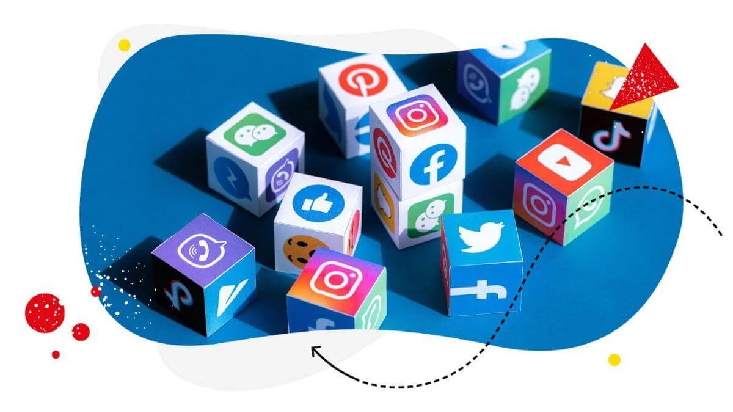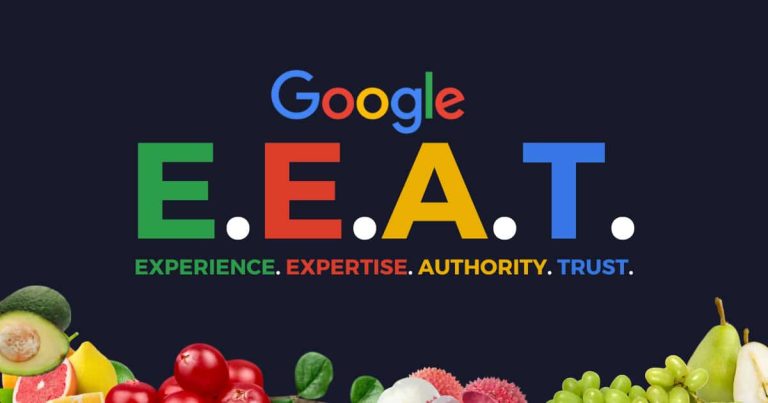Optimizing for Visual Search: Tips and Tricks
Optimizing for Visual Search is a process that promotes the visual elements of a website or improves the visibility and accessibility of an online platform in search engine result. It includes optimizing images, videos, graphs, and other visual elements that attracts the target audience and strengthens your online presence. It is a very stimulating way to promote your business through online platform.
Offer Various Photos:
- When optimising your company’s website for visual search, include multiple photos of your items. You don’t want to rely on a single image. It’s possible that leads will pass on your goods in favour of a competitor’s.
- Multiple photos guarantee that your leads can discover your items regardless of how they see them. If customers photograph the goods from the back, they should be able to access a rear-facing image on your website.
- By shooting many images of your items, you can ensure that your target audience discovers your website first. This will allow you to generate more valuable leads for your organisation.
Choose High-Resolution Photographs:
- If you want to acquire leads through visual search, you should invest in high-quality photographs. High-quality photographs guarantee that Google can process your image and match it to a user’s query.
- Avoid utilising grainy or low-resolution images on your website, since they are unappealing to your target audience and make your site appear amateurish. Not to mention that your viewers will have a difficult time obtaining a better look at your offering.
- High-resolution images let your consumers view your goods clearly. It will increase your audience’s engagement and interest in your goods.
Do Keyword Research.
- Keyword research is vital for both search engine optimisation (SEO) and visual search.
- Keywords allow you to properly describe your product picture.
- It helps your image appear in the appropriate results.
- Keyword research can assist you in identifying the most relevant terms for your campaign.
- There are several keyword research tools available to assist you select the ideal keywords for your campaign.
Optimise the Picture Titles and Descriptions:
- Once you’ve decided on your long-tail keywords, use them in your picture title and description.
- Keywords in your description help identify the image’s subject. Your target audience will be able to discover your items more quickly, which is beneficial for visually challenged individuals. They can use screen readers to read the description of your image and comprehend what it contains.
- When creating your title, make it descriptive. To assist your viewers and Google better comprehend your image, use a descriptive headline and lengthy description.
Include Alternate Text:
- When you upload a picture to the web, include alternate text, sometimes known as an alt tag. An alt tag is an excellent area to include information about your photo, and each image you post should have one.
- This, like your descriptions, is crucial to provide for visually challenged audience members. They may read the alt tag using screen readers and have a better understanding of your image. It’s a terrific approach to accurately describe your image to potential clients.




